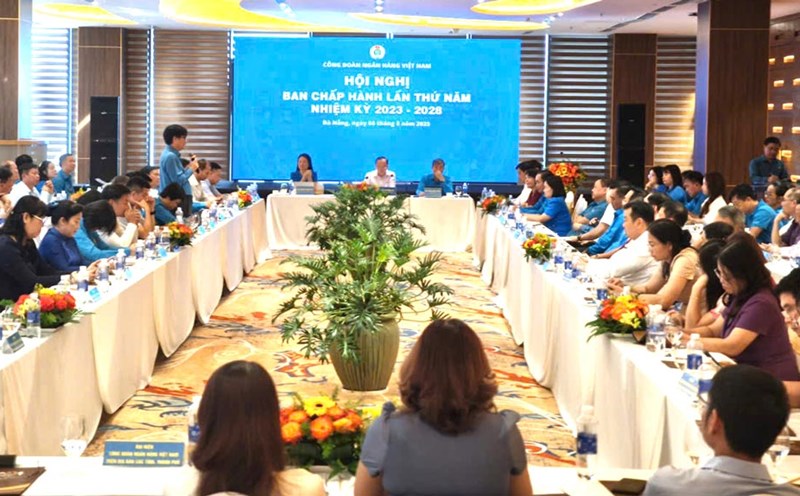According to the World Health Organization (WHO), the chikungunya virus (CHIKV) is transmitted through pathogenic mosquitoes, most commonly Aedes aegypti and Aedes albopictus mosquitoes two species that can also spread dengue and Zika viruses.
They often burn people during the day; Aedes aegypti mosquitoes can burn both indoors and outdoors and often lay eggs in water containers.
When a mosquito that is not infected with the disease sucks blood from a person carrying CHIKV, the virus will multiply in the mosquito body, penetrate the saliva gland and be transmitted to another person when the mosquito bites. In newly infected people, the virus quickly reaches high blood levels, enough to spread to other mosquitoes, maintaining the transmission cycle.
The incubation period is usually 48 days (vacuum 212 days). The disease is characterized by sudden fever and severe joint pain, which can last from a few days to months, even years.
Common symptoms include swelling of the joints, muscle pain, headache, nausea, fatigue, and rash. Due to similar manifestations of dengue fever and Zika, the disease is easily misdygnosed. Most patients have fully recovered, but some have complications in the eyes, heart, and nerves; infants and the elderly with underlying diseases are at higher risk, even dying.
Diagnosis of chikungunya virus can be done with RTPCR technique in the first week after the disease or with antibodies testing at a later stage.
There is currently no specific anti-viral drug; treatment mainly focuses on reducing fever and reducing joint pain with paracetamol (acetaminophen), combined with adequate water intake and rest. Avoid using non-steroidal anti-inflammatory drugs (NSAIDs) until the possibility of dengue fever has been ruled out.
The WHO said that the two types of chikungunya vaccines have been approved by a number of management agencies and recommended for use in risk groups, but have not been widely disseminated. Effective and safe data are still being reviewed by WHO and experts to make a global recommendation.
The main preventive measure is to avoid mosquito bites and remove mosquito breeding sites. People suspected of being infected with CHIKV need to protect themselves in the first week to avoid transferring the virus to mosquitoes.
The community should regularly dump, thoroughly wash water containers, collect waste and coordinate with local mosquito control programs. When an epidemic broke out, health agencies can deploy spraying chemicals to kill adult mosquitoes, treat surfaces and stagnant water sources to kill Larvae.
People living or coming to an epidemic area should wear protective clothing, use a retainer, mosquito nets and mosquito repellent containing DEET, IR353535 or icaridin. Children, the elderly, and sick people who sleep during the day should use tarpaulins treated with insect repellent to protect them.











